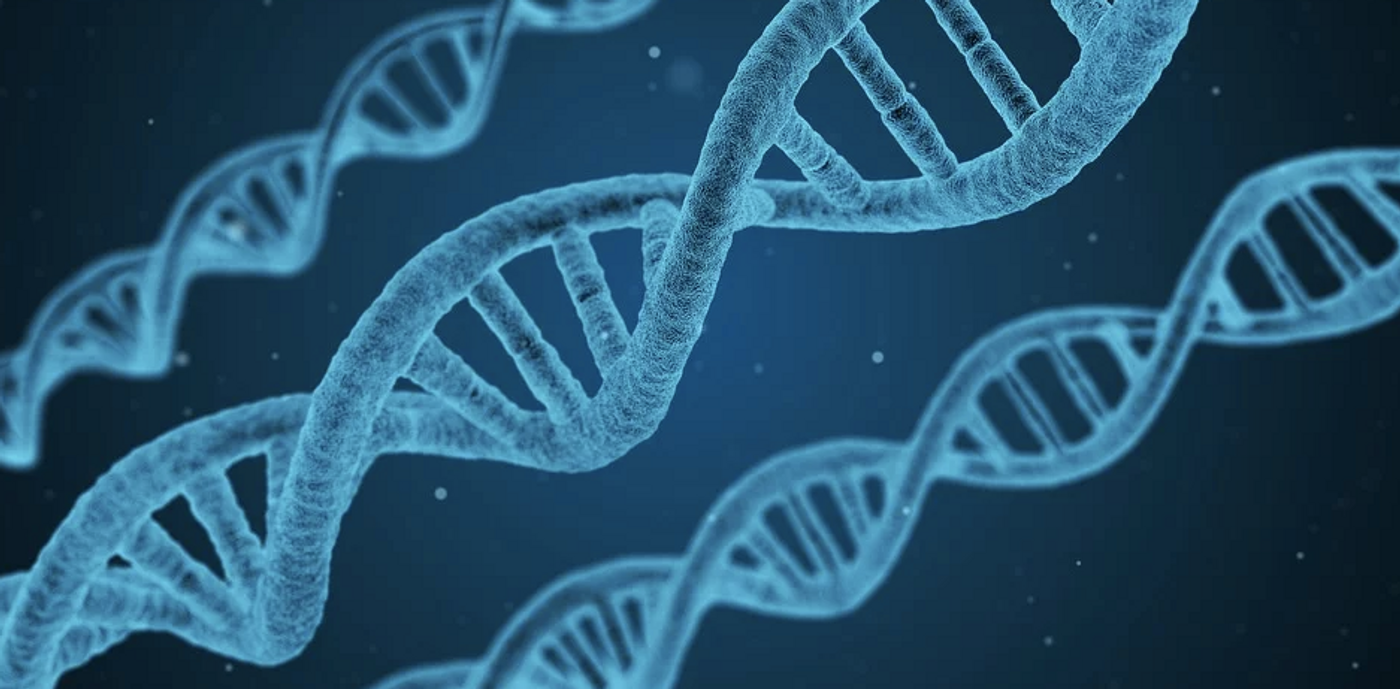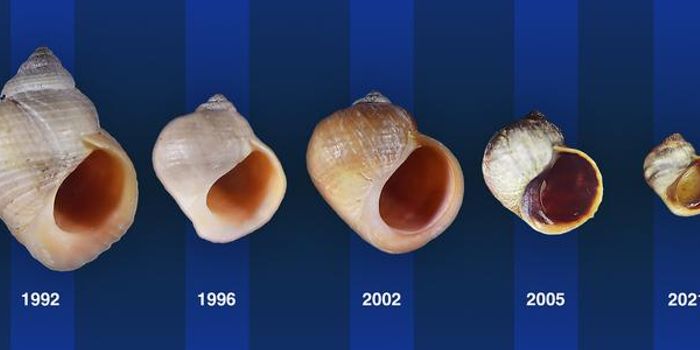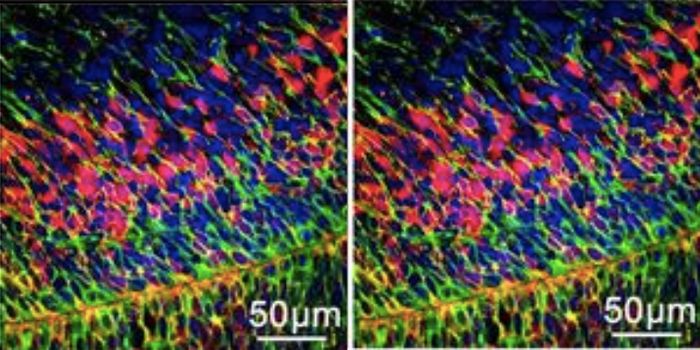As the Knee Evolved, So Did Arthritis Risk
As humans evolved, they began to walk upright, which has helped propel our species forward, literally and figuratively. But that advancement has taken its toll on human health. Our lives have gotten longer, and our knees age right along with us, accumulating damage along the way. Those years of use can lead to osteoarthritis, which is thought to affect more than 250 million people around the world.
Researchers have now studied the genetic factors that give rise to the complexity of the knee, and have revealed relevant regulatory mechanisms that may also be involved in osteoarthritis risk. The findings have been reported in Cell.
"From an evolutionary standpoint, the primate knee went from something that accommodated the forces of walking on four legs to placing all the weight on two legs," said the corresponding author of the study, Terence D. Capellini, Richard B. Wolf Associate Professor in the Department of Human Evolutionary Biology at Harvard University. "Going from a quadruped to a biped changes the force distribution. All our weight is being transmitted through our hips and our knees down to our ankles. The cells in the joint and the shape of the joint had to change to accommodate those new forces."
The human knee comes from the primate knee, which was already specialized. Thus, our knees evolved under a constrained morphology, which doesn't allow for variation. "As you can imagine, when you're designing a part for an airplane, you don't want to stray too much," Capellini said.
In this work, researchers searched for regulatory segments of DNA that were involved in activating and deactivating genes that make the human knee. They looked for positive selection - changes in the genome that conferred some advantage, and were carried over to future generations.
"We wanted to know whether or not we could see signs of ancient evolution - ancient selection - in the regions of the genome that specifically sculpt the knee," said Capellini.
Variation in the knee would have been slowly reduced as the best functioning knees were selected. "Later, as human populations expand and drift, you start getting these genetic variants that slightly modify how the knee is shaped or how the knee is maintained," explained the lead study author Daniel Richard, a Ph.D. candidate in human evolutionary biology. "Those slight deviations, acting on this constrained knee, lead to risk for developing osteoarthritis."
The lifespan our species would eventually enjoy would have played no role in selecting these genes, allowing variants that contribute to osteoarthritis to stick around in the genome.
"We think that these slight modifications don't so much impact early life," said Richard. "But when you keep on walking up until you're 50 or 60, over that longer time span a super small change in your knee compounds over decades. Eventually, it contributes to osteoarthritis disease in the elderly."
Sources: AAAS/Eurekalert! via Harvard University, Cell









